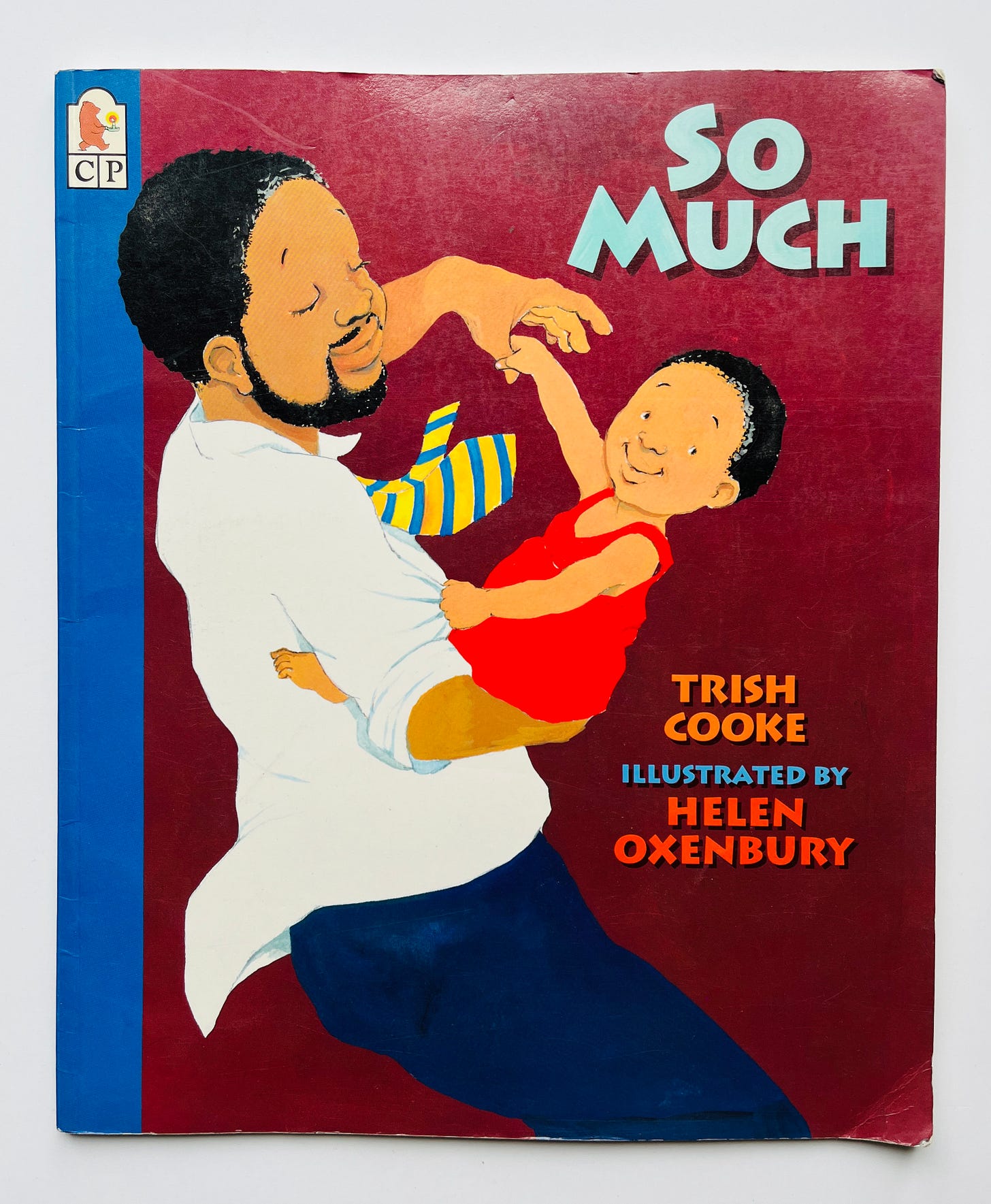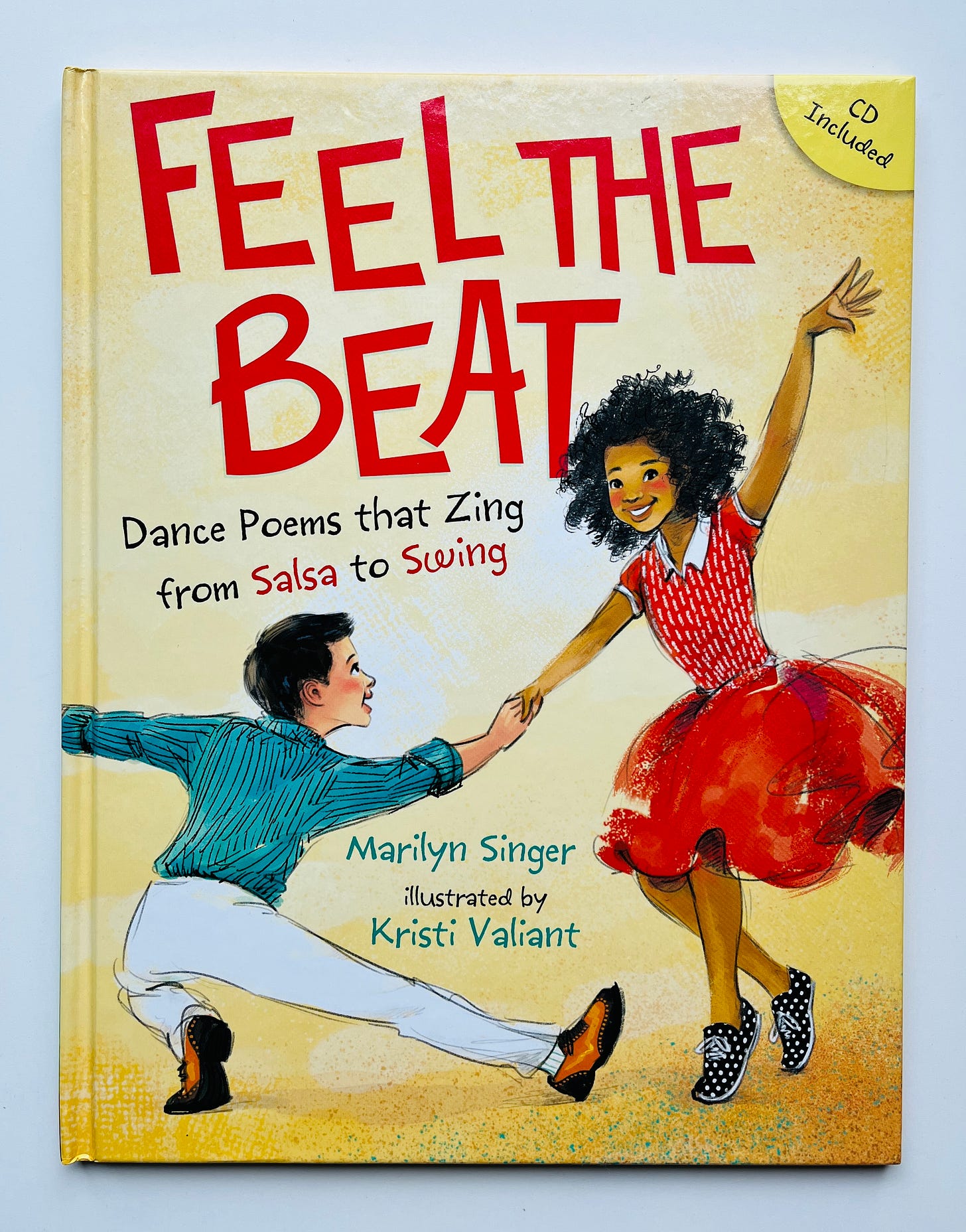I learned something this week from the farmer we buy our CSA fruit share from: “russeting” is a verb. As in, apples, the varieties that russet — Golden Russet, Roxbury Russet, Hudson’s Golden Gem, Ashmead’s Kernel, and (my favorite name of them all) Belle de Boskoop, among others. Russseting is what happens when the skin of the fruit doesn’t keep up with the growth of the apple — it cracks and then heals as the apple grows. Some varieties only get some amount of russeting — only along the stem bowl, or just on one side — depending on the weather and the growth of the apple.
Of course I find this ontologically and metaphorically beautiful — almost unbearably so, in some ways — and incredibly apropos to my own life as it stands right now, to my own year, where I have russeted aggressively over and over.
I find myself wanting to hide this process as much as possible — which may explain why I’m averaging something like 30 miles a week on the long walks I take to move my feelings through my body, sometimes crying so hard I have to stop on the side of the county highway and hold my knees while my sweat and tears drip onto the pavement, witnessed only by the wind and God, probably. (Does that sound dramatic? I absolutely do not care.) I want to crack and heal — russet — in private and peace.
Sunday night, right before I went to sleep, I realized I’d made it three entire days without crying — a span of time that included my youngest’s birthday party, another in an increasing series of events that have happened, are happening, for the first time without my grandmother. When my father-in-law handed me a bite of the most melt-in-your-mouth wonderful beef rib he’d just finished smoking on the grill, I looked at him for a second and said, “It’s so weird without her here.” He immediately responded, “I know it,” without my having to say exactly who I was referring to. She loved his barbecue and spent 14 years, since the first time she had it at our wedding rehearsal dinner, complimenting him on it.
This isn’t every reason for my many tears, but it’s what I’m willing to say publicly — I much prefer the healing over the cracking part of russeting, but I (still, also) believe that the Universe made me shameless so that I can make people feel less alone by being honest about that cracking that comes before the healing. And if that’s true (let it be true), I’ll keep using that gift, russeting my way through the seasons of my life, in good weather and bad, and telling you (or some other you) about it.
If you yourself are now russeting, let me be clear: you’re not alone, and as much as I resist the concept outright, I want to remind you, too, that even as we are cracking (even collectively), we have no idea what healing will occur. How the cracks happen, how deep and wide they may run — maybe this is only along the stem bowl! or only on one side! but maybe it’s a full russet and all that comes with it — those things are rarely, unfortunately, in our control.
But how we go through it — what we think, the stories we tell ourselves about ourselves (and the larger situation), what we choose to focus on, where we put our energy within and without — is. (For instance: I may be russeting, but there is zero doubt in my mind that the entire apple of my life — especially the core — is rich, delicious, and beautiful. And for every time I am bent in half on the side of the road, basically howling, I also, eventually, stand back up and keep walking.)
Don’t give up, and don’t listen to the voices in your head that would take away your power if they could. You know how boring we’d all be without russeting? How bitter, instead of sweet? May you allow the process, even if it rends your heart. May you learn something new. May you grow beautiful from the pain. And may you trust that when it’s time to harvest, the change will have remade you anew — a juicy, shining jewel.
So Much by Trish Cooke, illustrated by Helen Oxenbury (1994)
I love Trish Cooke and I LOVE Helen Oxenbury (I had — and still have — all her board books as a toddler, full of her signature gouache illustrations), so I’m not surprised that together they created an incredibly warm and loving family story in the truly timeless So Much.
On a day full of nothing much, relatives keep dropping by to see the baby. They arrive with their own sound effects and specific sensory details, and each repeats a little rhyme about squeezing, kissing, eating, fighting, and laughing with the baby, until it turns into a surprise birthday party for Daddy, full of people who love one another so very much.
This sweet cumulative tale is appealing to (and excellent for) the littlest readers — though we could all, at one time or another, use a reminder of how deeply we’re loved.
Grandmother Spider Brings the Sun by Geri Keams, illustrated by James Bernardin (1995)

We love nature stories of every kind and have many authors and collections that we favor, but as with every part of our children’s library (and my own), I want to make sure we’re representing a variety of voices, cultures, perspectives, oral and written histories. Indigenous storytelling has a place on every bookshelf, and there are some outstanding titles out there — Grandmother Spider Brings the Sun is one of them.
A long time ago, one side of the world was always dark and Wolf was tired of everyone bumping into him all the time because of it. At first, he wanted to go to the other side and ask for a piece of the sun, but Coyote, in his traditional trickster role, disagreed and convinced everyone they should steal the sun instead. Possum and Buzzard made valiant tries, but failed. Then Grandmother Spider volunteered.
Readers aren’t privy to every detail here — Bernardin’s warm illustrations are fun to look at but leave enough to the imagination that the reader does more work in the head and heart than through the eyes (this is a compliment) — and I like how the focus is on oft-maligned creatures as well as on under-appreciated roles (when Wolf tells Grandma Spider she is too old and slow to do this job, she retorts, ‘I know I’m old. You don’t have to tell me I’m old. But I want to help my people one more time.’) Grandmother Spider succeeds slowly but with wisdom and tenacity.
It’s a lovely tale that has held up over the years since I first wrote this review — whenever my youngest sees this one on the shelf, she pulls it off and asks immediately for me to read it. Highly recommended.
Pokko and the Drum by Matthew Forsythe (2019)
Pokko’s parents have a long list of things they’ve given her that have turned out to be a mistake, but none bigger than the gift of a drum. (I honestly laugh to myself every time I read this part of this book — my kids never understand why and it’s hard to explain that we’ve all been there.)
When her parents ask her to take her incessant drumming outside, Pokko obliges, and soon finds herself in the forest with a small band that grows one by one, just like the suspense — and the enjoyment — of this tale itself.
It’s hard to fully convey the deep appeal of this book — which is augmented by Forsythe’s weirdly gorgeous watercolor, gouache, and colored pencil illustrations, which seem to glow from within — but trust me: this is a crowd pleaser for a wide range of ages, from toddlers to mid-elementary school (including, uh, 41yos). Do not miss.
Feel the Beat: Dance Poems that Zing From Salsa to Swing by Marilyn Singer, illustrated by Kristi Valiant (2017)
At first it might not seem like there’s any overlap in the Venn diagram of Dance and Poetry, except when you stop to think about what makes both so wonderfully pleasurable and entertaining: rhythm, repetition, the communication of meaning and emotion through sound.
Somehow Singer — who is an unmmatchable children’s poetry author whose work you should snap up anytime you see it — marries these two art forms to true perfection in this fun romp through different types of dance and different forms of poetry.
This book is pure cheer, and Valiant’s bright digital illustrations add color and movement that only serve to reinforce the feeling here, that poetry — like life — is a dance you can give yourself over to, whenever and wherever you choose.
Thanks for reading today.
Sarah







I had no idea that russet was a verb.
I absolutely loved your intro. It was what I needed. I lost my grandmother last month and feel like I've been russeting for months leading up to it and now, after. Sending so much love your way. I want to try taking longer walks to cry. It sounds healing.